Kathmandu, Babar Mahal Inner
- Kathmandu, Asan
- Kathmandu, Indra Chowk
- Kathmandu, Indra Chowk Bead Market
- Kathmandu, JanBahal Chowk
- Kathmandu, JanaBahal Pottery shops
- Kathmandu, Yetkha
- Kathmandu, Naradevi
- Kathmandu, ItumBahal Chowk
- Kathmandu, Kichandra Bahal
- Kathmandu, Bijeswori
- Kathmandu, Babar Mahal Main
- Kathmandu,Kathesimbu
- Kathmandu, Rani Pokhari
- Kathmandu, Dharahara
- Kathmandu, Royal Palace Street
- Kathmandu, Bhimsenthan
- Kathmandu, Budanilkanth
- Kathmandu, Garden Of Dreams
- Kathmandu, Garden of Dreams North View
- Kathmandu, Thamel
- Kathmandu, Pashupati
- Kathmandu, Guheswori
- Kathmandu, Raj Rajeshwori
- Kathmandu Durbar Square
- Kathmandu Drubar Square, Basantapur
- Kathmandu Drubar Square, Kumari Ghar
- Kathmandu Drubar Square, Kasthamandap
- Kathmandu Drubar Square, Hanuman Dhoka
- Kathmandu Drubar Square, Taleju
- Patan Machindranath
- Patan, KumbheShwore
- Patan MahaBouddha
- Patan Durbar Square Chowk
- Patan Durbar Square (Krishan Mandir)
- Patan Durbar Square View 1
- Patan Durbar Square View 2
- Patan Durbar Square, Mani Keshar
- Patan Durbar Square, Mul Chowk
- Patan Durbar Square Souvinier Shop
Located south-east of the city near the Singha Durbar government offices, Baber Mahal Revisited is a unique complex that can be called a museum of Rana architecture. The Ranas, who ruled Nepal from 1846-1951, were responsible for introducing a unique blend of European, Indian and local architecture. Till 1996, the area where Baber Mahal Revisted stands, housed a cowshed and a guard house. Turning down lucrative offers from builders and developers, Gautam Rana, who owned this plot, decided to transform it into a tribute to his Rana ancestors. He sought the help of Eric Theophile, an architecture graduate from Harvard, who was involved in restoring historic buildings and temples in the Valley since 1990. Together they decided to bring this little corner of history back to life. Six Newari craftsmen, whose great grandfathers had built the Babar Mahal Durbar, were employed to bring this project to fruition.
There are five courtyards inside and all the courtyards resemble some or the other palaces of the Valley. The entrance is a reduced replica of Singha Durbar porch.There’s another Chowk whose facade is a copy of Thapathali Durbar, the former residence of Jung Bahadur Rana while the Newari Chowk is reminiscent of the hybrid Nepali-European architecture once abundant in Patan. There is another courtyard with a replica of a fountain in Keshar Mahal, and another with the re-creation of a wall in Bal Mandir. Mul Chowk is the biggest courtyard where the front on one side is a replica of Babar Mahal Darbar. This is the hub for social gatherings and functions. The antique windows also adds to the old world charm as these are all salvaged from houses marked for demolition in the old city. The rooftops have an interesting gingerbread decoration of tin sheets copied from Hotel Shankar. No two buildings are of the same height. Some are single-storeyed others two, but even the ones with the same number of floors are not of equal height. At one corner, a tower has been added. At another, the roof raised. The idea was to break the monotony of the ground and make the complex look like a small city in itself. Building materials like mud mortar and lime plaster for the walls and metal sheets for the roof adds to the old Rana period aura of the complex.
A fabulously well planned area, this reconstructed historic building now hosts some of the finest Nepalese art and artifacts stores, pashmina outlets and a contemporary Nepalese art gallery , Siddhartha art gallery. Baithak, Chez Caroline, K2 bar, Walters, are some of the world class eateries and lounges, where one can relax and take in the Nepalese atmosphere with a taste of international cuisine and drinks.

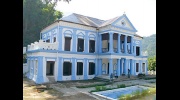
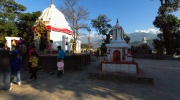
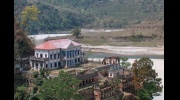
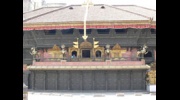
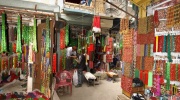
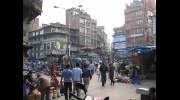
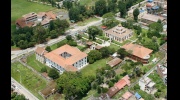
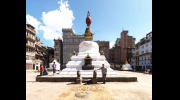
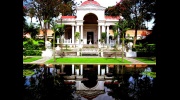

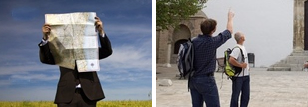






There is no comment yet for this virtual tour.
Be the first one to comment in this virtual tour »